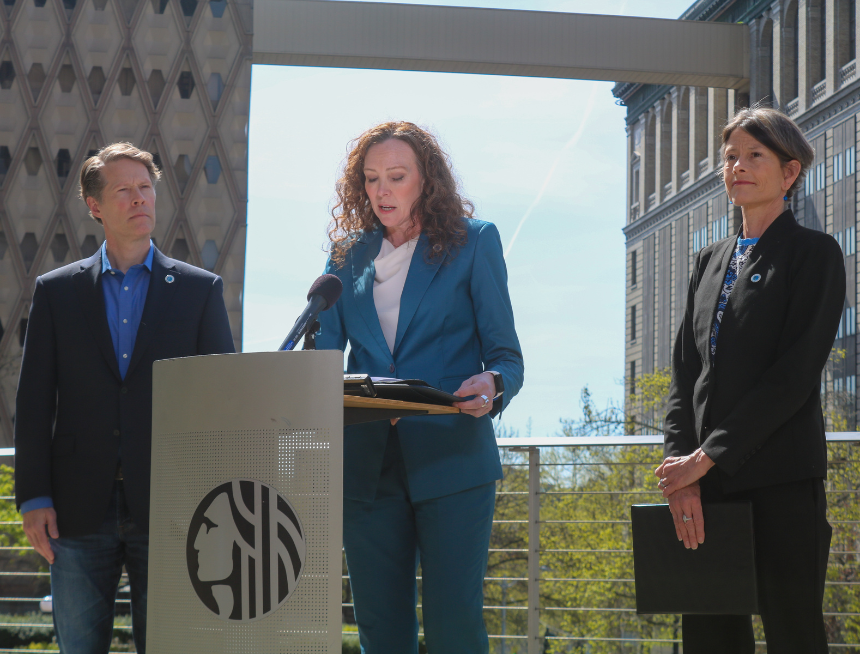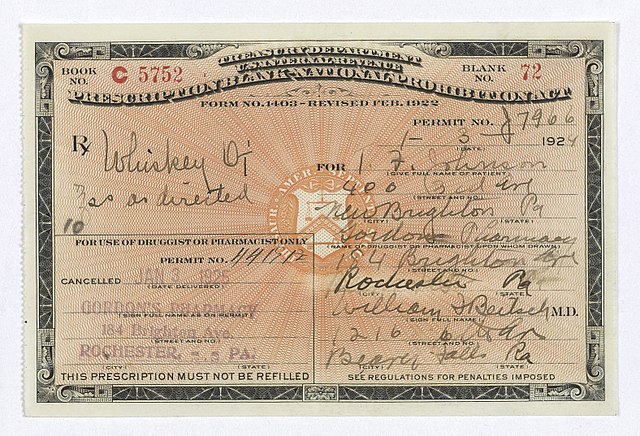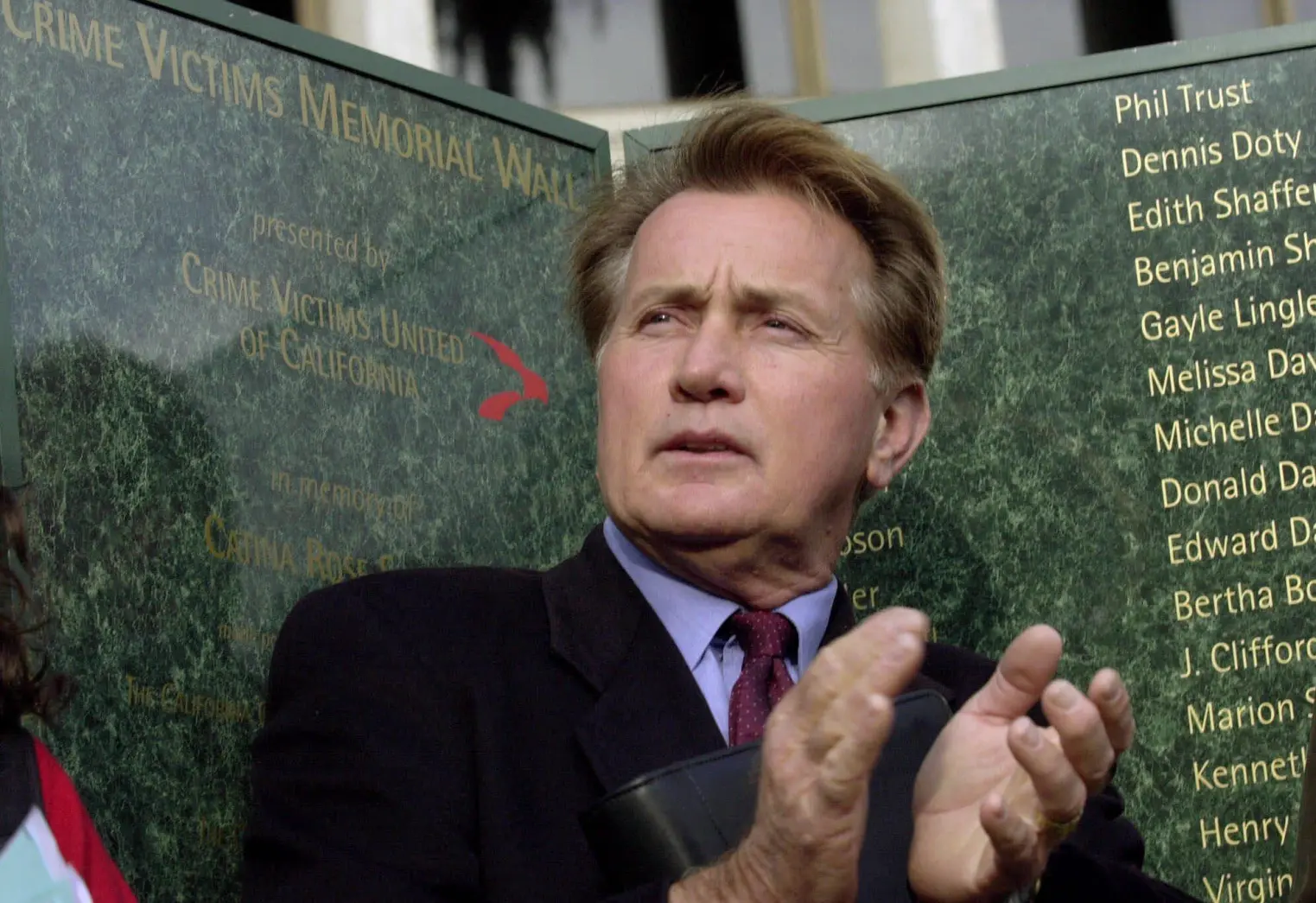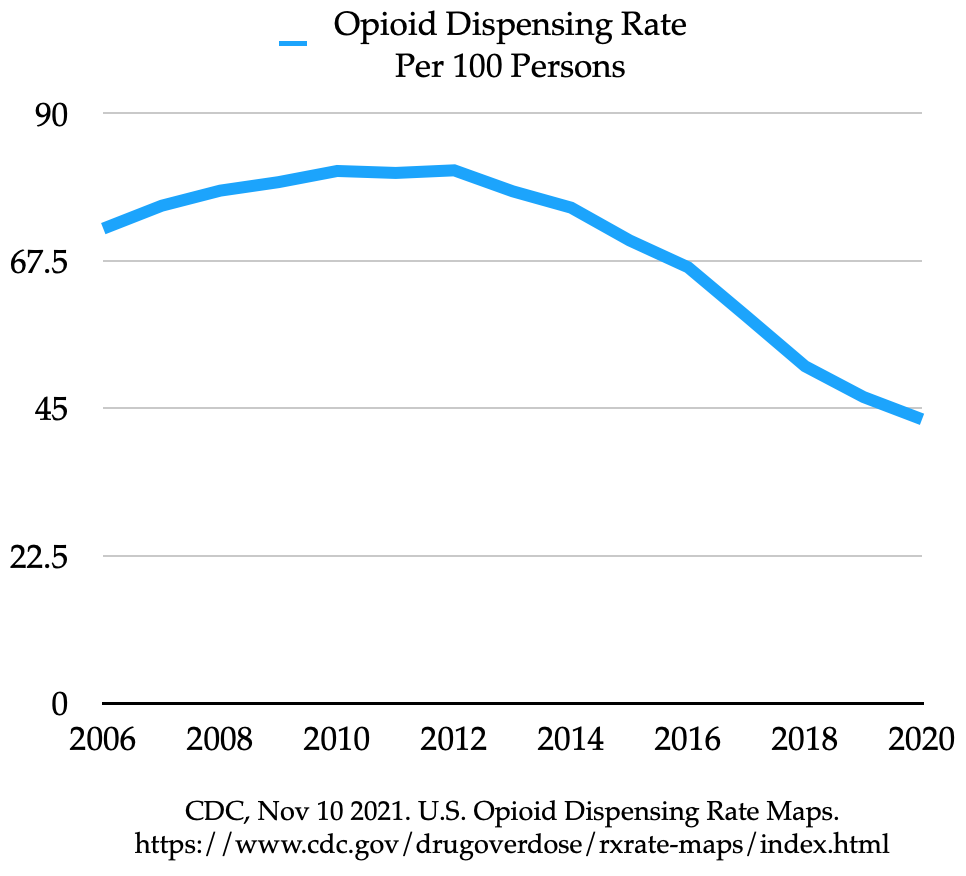-
Safe Supply Saves Lives Documentary
Part 1: Audiovisual Sources Part 1: Cited works Part 2: Audiovisual Sources Part 2: Cited works Part 3: Audiovisual sources Part 3: Cited works Part 4: Audiovisual sources Part 4: Cited works Part 5: Audiovisual sources Part 5: Cited works Part 1: Audiovisual Sources Part 1: Cited works Part 2: Audiovisual Sources Part 2: Cited…
-
Reflecting on the lame duck

The vibes have been a flat and stark contrast from this time eight years ago. The liberal platitudes and yard signs are gone and replaced with the smug resignation of “America got what it paid for,” and “fuck around and find out, I’ll bring the popcorn,” as we’ve spent the past three months watching the…
-
Incarceration and institutionalization will only set recovery back

North American local politics have become dominated by the belief that the criminal justice system should respond to the visibility of abject poverty, crisis, and substance use on the streets. Not even by being found guilty of a crime, but merely by being arrested and seen as requiring competency evaluation, every protective factor going for…
-
Reducing Harm is the Right’s New Culture War Target

Harm reduction programs have become a target of right-wing “culture war” attacks that paint “big city liberals” as enabling drug use. In West Coast cities, residents and local politicians often see the overdose crisis as intertwined and exclusive to the housing crisis. Local media coverage paints that picture in pieces like “Seattle is Dying,” using…
-
Heroin-Assisted Treatment, Harm Reduction, and the History of Safe Supply

Part 6 of Safe Supply Saves Lives: a look beyond the deadly war on drugs, a 7-part series. History of Safe Supply in the US An apt comparison to a safe supply of substances is legal alcohol and its own history of prohibition. Since 1933, people with alcohol use disorder have had access to a…
-
What is Drug Treatment? Science-Resistant Industry and Courts vs. Best Clinical Practices

Part 5 of Safe Supply Saves Lives: a look beyond the deadly war on drugs, a 7-part series. Having ostensibly moved away from mass incarceration for simple use, politicians laud “addiction treatment” as the silver-bullet solution for chronic pain patients, unsheltered homelessness, and the overdose crisis alike, but they don’t typically define what methods of…
-
Defining Substance Use Disorder and Addiction Remission

Part 4 of Safe Supply Saves Lives: a look beyond the deadly war on drugs, a 7-part series. Twelve Step Programs reverberate the line from AA’s 1975 Living Sober handbook that addiction “is an incurable, progressive, fatal disease” treated only by ongoing spiritual transformation and abstaining from all mind-altering substances (except caffeine and nicotine). In…
-
The Under-Prescribing Crisis Tormenting Chronic Pain Patients

Part 3 of Safe Supply Saves Lives: a look beyond the deadly war on drugs, a 7-part series. For many chronic pain patients, the result of a singular regulatory focus on reducing prescribing has been tragic. Amanda Votta has had rheumatoid arthritis for over 30 years, and the debilitating pain of bone grinding is only…
-
Criminal Justice System Doubles Down on the War on Drugs

US States have predictably responded to worsening drug supply with the same “tough on crime” drug war approach as decades past. Part 2 of Safe Supply Saves Lives: a look beyond the deadly war on drugs, a 7-part series. Colorado’s Democrat-majority legislature passed HB22-1326 this spring, setting the felony line for simple possession of fentanyl…
-
Safe Supply Saves Lives: a look beyond the deadly war on drugs

Part 1 of a 7-part series. Introduction Over 108,000 people died in the US last year from a drug overdose. British Columbia’s coroner data puts the sheer scale of the North American illicit drug overdose crisis into perspective: beginning around 2015, illicit drug deaths began towering over every other unnatural cause of death, including motor…